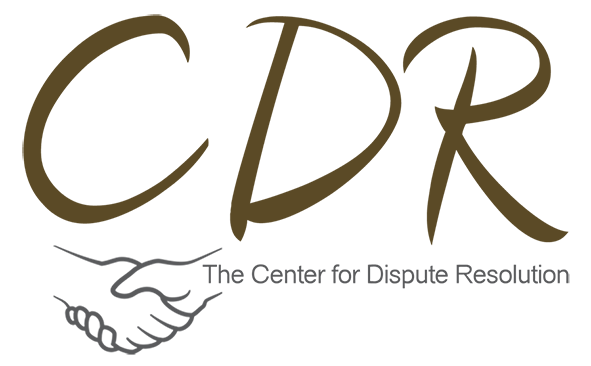
5 Ways Hospitals and Organizations Ineffectively Squander Resources on Conflict Resolution
In the fast-paced world of healthcare and organizational management, resolving conflicts efficiently is paramount to ensuring the smooth operation of any establishment. However, many hospitals and organizations often fall prey to common pitfalls that not only waste time but also drain precious financial resources. In this article, we’ll delve into the five key areas where these entities frequently go astray, shedding light on the importance of addressing conflicts effectively.
1. Inadequate Communication Channels
Failure to Establish Open Lines of Communication
One of the primary blunders organizations make is neglecting to establish clear and open channels of communication. This lack of transparent communication often leads to misunderstandings, misinterpretations, and ultimately, conflicts that could have been prevented. To rectify this, organizations must prioritize the creation of efficient communication protocols, encouraging employees to express their concerns and ideas freely.
2. Ignoring Early Warning Signs
Failing to Identify Conflict Triggers
Another prevalent mistake is turning a blind eye to the early warning signs of conflict. Often, conflicts brew beneath the surface for an extended period before they erupt into full-blown disputes. Organizations must invest in training programs to help employees recognize these signs and intervene before tensions escalate, saving both time and resources.
3. Overcomplicated Conflict Resolution Processes
Implementing Complex Resolution Procedures
Many hospitals and organizations create overly complex conflict resolution processes. These convoluted systems involve multiple layers of bureaucracy, making it challenging for employees to navigate. Simplifying these procedures, streamlining decision-making, and empowering designated conflict resolution teams can drastically reduce the time and money spent on conflict resolution.
4. Neglecting Employee Training
Failure to Equip Employees with Conflict Resolution Skills
A significant oversight is failing to equip employees with the necessary conflict resolution skills. Conflict is inevitable in any workplace, but without adequate training, employees are ill-prepared to handle it effectively. Hospitals and organizations should invest in conflict resolution training programs taught by professional conflict consultants to empower their workforce and minimize the resource drain associated with unresolved disputes. The Occupational Safety and Health Administration (OSHA) recommends staff to receive conflict resolution training prior to being assigned their duties and then at least annually.
5. Not Learning from Past Conflicts
Repeating Mistakes by Failing to Learn from Previous Conflicts
Lastly, a common pitfall is not learning from past conflicts. When organizations fail to analyze the root causes and resolutions of previous disputes, they are bound to repeat the same mistakes. Regular post-conflict evaluations should be conducted to identify areas for improvement, allowing for more efficient conflict resolution in the future.
In conclusion, hospitals and organizations must recognize that inefficient conflict resolution practices can be a significant drain on both time and financial resources. By addressing these five key areas of concern, namely communication, early warning signs, resolution processes, employee training, and learning from past conflicts, entities can transform conflict resolution into a streamlined, cost-effective, and productive process that ultimately benefits all stakeholders involved.
✅ Resolve disputes effortlessly. ✅ Build stronger relationships. ✅ Subscribe FREE now!
Don't miss out! Join us today. 🚀


Comments are closed